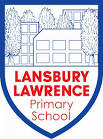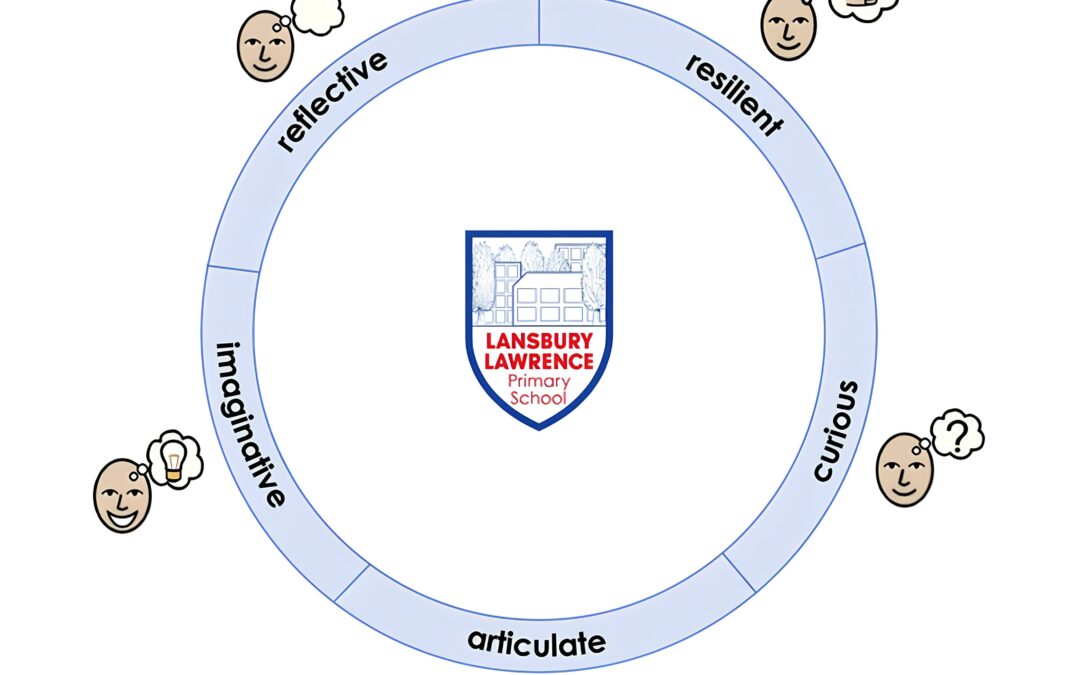Learning dispositions are habits of learning that we foster and encourage in students to help them grow and develop as learners. These habits are embodied in different students in different ways all across the school, but are particularly varied in their presentation in Yinka class. This is the second post in a (hopefully!) five part series examining the diverse ways these precepts are expressed in Yinka students,
Imaginative
Of the five dispositions we’re currently focussing on at Lansbury Lawrence, ‘Imaginative’ is probably the one that is most challenging for Yinka students to express in a typical way. For many of us, imagination is experienced through the creation in our minds of completely new (and often very exciting!) ideas, images and connections. We can have a lot of fun imagining wild and outlandish scenarios, each crazier than the last! For others, though (and particularly for Yinka students), to create something that never existed before is a massive challenge and saying or thinking things that aren’t true might not be fun, but might be confusing or even scary. Sometimes, the world is hard enough to understand without inventing new complications!
As such, it’s very important for the adults to help structure and support students’ imaginative development, by building on things that are already familiar, and helping students to understand how they can change small things to make new imaginative expression.
One of the ways we can scaffold imagination is by adding elements of pretend to a familiar routine. Here, Ayman is joining in with a Phase 3 Attention Autism session by pretending to be an Easter rabbit. First, the adult models a sequence of actions and then students take it in turns to follow the sequence, adapting and interpreting in ways they’re comfortable with. Students are more able to use their imagination because the expectations are clear and the setting and routine is very familiar (although we don’t usually have chocolate egg!)
Building on the familiar also works well when using our imagination in creative writing. We very much enjoyed learning the story ‘We’re going on a Bear Hunt’, and that formed a good base from which we could challenge the students to imagine different characters and settings, rather than the daunting prospect of inventing a whole new story from scratch.
Here, Summer has changed the antagonist from a bear to a tiger… Different, but just as scary! Of course, tigers have different attributes to bears, so it’s not quite as simple as just changing a word and Summer has to think through the new implications.
In a similar vein, Eesa has added a new setting to the story to go along with the tall wavy grass and deep squelchy mud: the protagonists now have to navigate ancient houses… a very unexpected—and highly imaginative—development!

Although it’s very important for adults to provide structure and scaffolding, students often display their imagination in bursts of spontaneous, unprompted expression. These are always huge achievements and very joyful occasions, not only because they demonstrate the student’s innate creativity in a way that is easily understandable for us, but because it indicates a student that is comfortable in their environment, with comparatively low stress and anxiety, who is making new connections between themselves and their surroundings, and sharing that with a familiar adult. Here, Ayan has found a whisk in our play kitchen and has made a new abstract connection between that and the activity of baking a cake. He has then made another new connection between that and a familiar nursery rhyme ‘Pat-a-cake’. He demonstrates this by acting out the mixing of the cake and even shares his delicious imaginative creation with an adult. Well done, Ayan!

